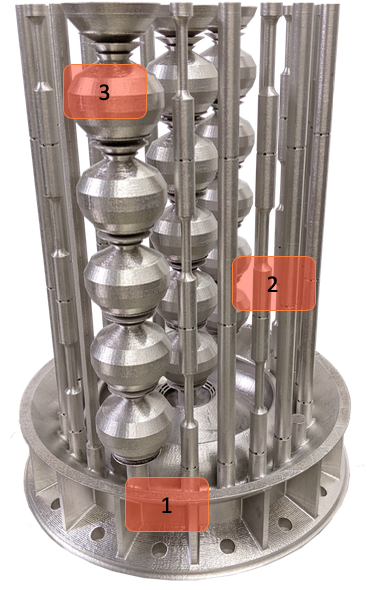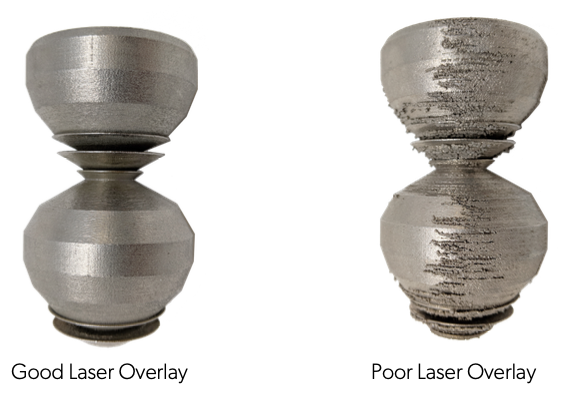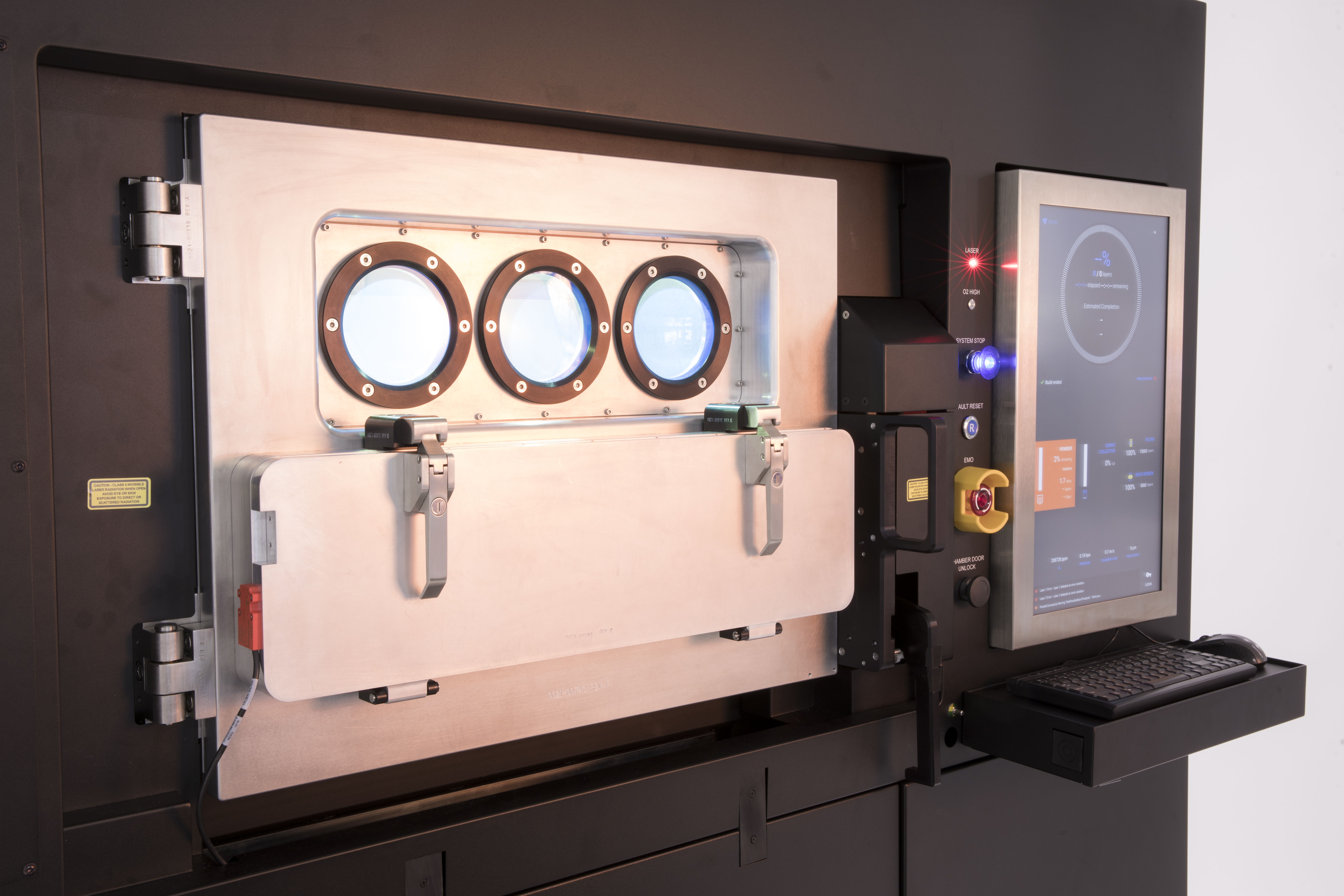VELO3D’s Factory Acceptance Testing
For 3D printing, industry evangelists like to promote the idea that “complexity is free.” But in reality, metal additive manufacturing (AM) is complicated. Furthermore, we are beginning to see metal 3D Printing advance to production volume. Faster machines with multiple lasers, working in parallel on factory floors or in multiple factory locations – this is the future of metal AM, but we have some barriers to overcome first.
It is no longer enough to meet specifications on a single system – now suppliers and manufacturers must create conformal platforms that repeat the same performance day to day and system to system. For example, to boost throughput, many suppliers build printers with multiple lasers.
But how do these lasers work together? Are they able to print on the same surface or are they quarantined to separate areas?
“Finishing a marathon starts with a single step”
Leveraging experiences in the semiconductor industry, VELO3D aggressively stress tests its Sapphire® printers prior to shipment to ensure that they meet specifications. We use a Factory Acceptance Test (FAT) prior to release to a customer site – the first step in the system’s journey. VELO3D runs the following tests to measure the limits of machine performance and to ensure that customers will be able to fully leverage VELO3D SupportFree capabilities in even the most extreme applications.

Complete FAT Build
The first feature to notice on the FAT build is its size and weight (heavy mass loading) (1). This test lases almost all of the build plate area with dual lasers at full power (2x lasers 1kW). We test for core quality to ensure good chamber gas flow, accurate overlay between lasers under high thermal loading, and system throughput.
The next characteristic of the FAT is its height. On the perimeter of the build, we print tensile bars (2) to confirm metal quality. The perimeter also includes net-shape bars ( + shape) to quickly determine geometrical accuracy after the build is complete. Three spherical towers (3) validate target surface roughness as well. We designate one of the spherical towers to check dual laser overlay – both lasers used to build the same geometry – to verify alignment and stability. These towers ensure a degradation-free surface finish regardless of whether you are building the part with single or dual laser.

Our FAT is one of the most advanced in the industry, giving customers the confidence that their first, second or hundredth system will perform to specification across an entire range of applications. But it doesn’t stop there. We follow up with the SAT (Site Acceptance Test) to ensure that the same robust results observed at VELO3D can be enjoyed by the customer. This tight control over system performance ensures that customers can run production parts on multiple systems in their factory and across multiple factories in various locations – all with the same, standardized and qualified recipe.
The FAT test ensures that systems will be able to print a customer’s most challenging applications upon delivery. This is another example of how the DNA at VELO3D leads to an improved and more production worth approach to system delivery. Our capabilities don’t stop at SupportFree Metal AM printing. We are driven by our customer’s need to leverage these capabilities in full scale production to deliver the most challenging parts that unlock the future of technology.




